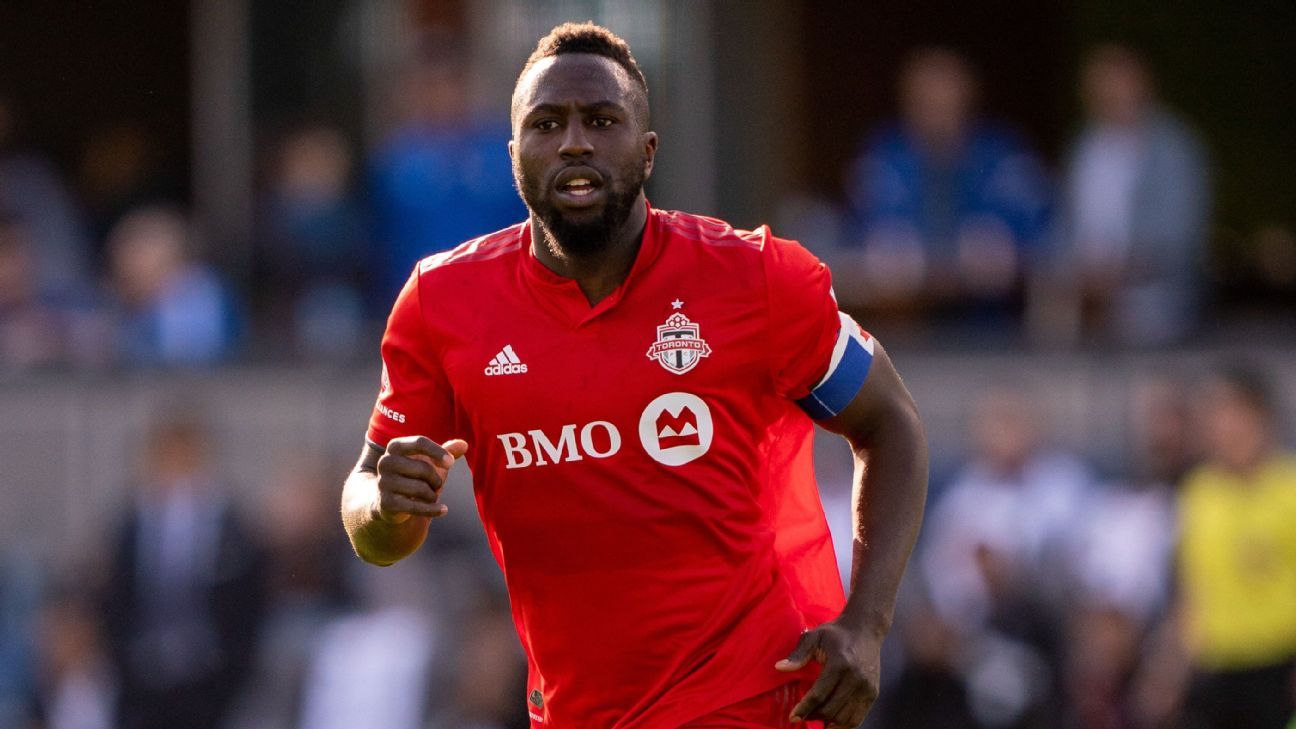
Talking about a national team's prospects means talking in the future tense about 95% of the time. It's almost never about how a soccer team is coming together now or how a player's form is at the moment: it's about how things are primed to work out in X years, when the next World Cup (or qualifying for it) rolls around. Plus, a national team's schedule is so spread out that, no matter what your impression of a player or lineup is, you won't see him or it in action in the national shirt for another few months.
Since basically the morning of Oct. 11, 2017, the day after the United States men's national team lost to Trinidad & Tobago and failed to qualify for the 2018 World Cup, we've been immersed in the future tense. The next truly meaningful USMNT match wouldn't take place for more than three years. (Actually, it still hasn't.) So, it was time to experiment.
- Stream new episodes of ESPN FC Monday-Friday on ESPN+
- Stream every episode of 30 for 30: Soccer Stories on ESPN+
Seemingly every player in the talent pool got a tryout. Dave Sarachan took over as interim manager after Bruce Arena's resignation. Over the course of 13 months and 12 friendlies, he fielded an incredible 56 different players. US Soccer finally named Gregg Berhalter as Arena's official successor in December 2018, and he has proceeded to put 50 different players on the pitch over the course of nine friendlies and 10 tournament matches (2019's CONCACAF Nations League and CONCACAF Gold Cup).
During Berhalter's tenure, the USMNT has pummeled bad teams -- seven wins, with a combined score of 26-0, against teams ranked 80th or worse in the latest FIFA rankings -- suffered a couple of frustrating losses (2-0 to Canada, 1-0 to Jamaica) and produced a couple of solid draws against Uruguay and Chile, both top-20 teams according to FIFA. But both the good and bad results only mattered so much because both the U.S. and, in most cases, its opponents, were shuffling lineups, experimenting, missing key players ... you name it. That was the case even during the two CONCACAF tournaments: Berhalter played 23 different players in the four-match Nations League and 22 in the six-match Gold Cup.
Granted, the coronavirus stoppage has meant that everything in the sports world is in either past or future tense at the moment, but when sports do resume, the present tense will again present itself for the men's national team.
Qualification for the 2022 World Cup was due to start on Aug. 31. That almost certainly won't happen as scheduled, but the present is at least on the horizon. That means now's a good time to talk about the pool of players Berhalter will be dipping into for qualifiers: who he will lean on that he hasn't been able to yet, and, based on recent form, who he should maybe take an extra look at before qualifiers begin.
Group 1: The still-useful old hands
The odds are good that players like midfielder Michael Bradley and fullback Tim Ream, both 32, will remain appealing options for Berhalter during qualification, both because of the skills they still possess and the lack of experienced, slam-dunk alternatives. They've both already logged over 700 minutes for Berhalter's U.S. teams. A couple of other veterans, however, weren't quite as heavily in the mix. That will probably change soon.
FW Jozy Altidore, 30, Toronto FC
As we will see in this exercise, the U.S. is increasingly blessed with fun young attackers and general passing talent. But when it comes to finishers, they're still lacking. Berhalter leaned heavily on Gyasi Zardes in 2019, in part because of his Columbus Crew experiences with Zardes and the general system familiarity that he offered. But it was also because there weren't a ton of options.
Josh Sargent is 20 years old and remains a potentially exciting prospect, but he's been hit-or-miss with both the national team and Werder Bremen. Over the past 12 months with Werder, he's produced just 0.31 expected goals and assists per 90 minutes. For context, Zardes produced 0.63 for Columbus, Altidore (Toronto FC) and Dom Dwyer (Orlando City SC) produced 0.72, and crafty old Chris Wondolowski (San Jose Earthquakes) produced 0.77.
Yes, Sargent is playing in a much better league and is years from his peak -- plus in five USMNT matches last year, his XA+XG per 90 was 0.72. But at best, he's even with these veteran options at the moment. He hasn't surpassed them yet. And if Berhalter doesn't yet trust Sargent, then a veteran stalwart like Altidore -- who has played 264 minutes in five U.S. matches for Berhalter -- remains a solid 75-minute option for one last World Cup go-round.
Altidore is a reliable finisher, and when you think of a U.S. team with lots of young attacking midfielders and wingers flitting around, having a sturdy, physical veteran in the middle is pretty intriguing.
DF John Brooks, 27, VfL Wolfsburg
If you think of players hitting their general peak between 25-29, you quickly come to realize one major issue with the current U.S. player pool: there aren't many intriguing options in that range. The pool of guys peaking for the 2026 World Cup -- e.g., players who are currently 19-23 years old -- is enormous and has plenty of time to either develop or disappoint. But the pool of guys scheduled to peak in 2022 is a lot more shallow.
Here's a list of the guys who a) will be between 25-29 years old in 2022, b) have logged 500+ minutes for Berhalter and c) were featured in Noah Davis' recent 23-man USMNT Big Board: Steffen, Yueill, attackers Jordan Morris and Paul Arriola, midfielder Sebastian Lletget and defender Matt Miazga. They're all solid pros, but not necessarily guys who will end up leading this team in terms of individual performances. But Brooks could be an exception within that age range.
Sturdy and solid when healthy (and he's almost never actually healthy), the Wolfsburg defender has played only twice for Berhalter so far: in the Ecuador match with Tyler Adams at right-back (more on this in a minute) and in November's 4-1 win over Canada. These were two of the team's most impressive performances in this span, and that might not be a coincidence.
Health will always be a concern for Brooks, who has missed time with hamstring issues and multiple knee injuries in recent years. But while the U.S. has a few solid central defenders, he's probably the most solid. And whatever his peak is, he's probably closing in on it at the moment.
Group 2: The soon-to-be veterans
Twenty players have logged at least 400 minutes for Berhalter's USMNT so far, including some of the players he'll be counting on for years: attacking midfielders Christian Pulisic (21) and Paul Arriola (25), central midfielder Weston McKennie (21), defensive midfielder Jackson Yueill (23), centre-back Matt Miazga (24), full-back Reggie Cannon (21) and goalkeeper Zack Steffen (25). A few key pieces, however, weren't in the mix for these first 19 matches and for a number of reasons, like injury, youth and/or availability.
Let's look at a few players who should or will be featured moving forward and the immediate impact they would have on the U.S. lineup.
MF/DF Tyler Adams, 21, RB Leipzig
Adams' only match with Berhalter's USMNT came in a 1-0 win over Ecuador last March, in which he completed 93 of his 99 passes, made eight ball recoveries, played sturdy defense and generally looked exactly the prospect he's been labeled to be. He played right-back in that match, and he's been used as both a fullback and defensive midfielder for Champions League quarterfinalist and Bundesliga contender RB Leipzig this season.
Adams has missed quite a bit of time to tendon and muscle issues over the past year, but in 10 matches with RB Leipzig, he has shined. He has occupied a lot of possession -- his 84.4 touches and 46.5 involved possessions per 90 minutes are tops in the pool of defensive midfielders, and in a much stronger league -- and his ball recovery averages (6.6 per 90) are higher than most. He is fast, but also willing to play physically, and he is dangerous both nearer to and further from the goal.
Put simply, Adams will be one of the best individual players in this CONCACAF Hexagonal, and he probably won't reach his peak for years.
DF Sergino Dest, 19, Ajax
Though he played for the U.S. at the U17 and U20 levels, the Dutch-born defender officially committed to playing for the U.S. last fall and immediately became one of the country's top prospects. He played in three Berhalter matches, primarily as a left-back: the Canada win (he provided a gorgeous chip assist to Morris), the Uruguay draw and a 3-0 loss to Mexico.
In this small sample, Dest was among the team's best in averaging 6.7 ball recoveries per 90 minutes -- a remarkable 4.8 in the defensive third! -- and he was aggressive in possession, attempting lots of solo possessions and forward passes. He also played more than 2,000 minutes for Dutch heavyweight Ajax and averaged 0.18 assists and goals per 90, more than any other U.S. fullback besides Atlanta United's 33-year old Edgar Castillo. He's a volatile, risky and extremely exciting player.
MF/FW Gio Reyna, 17, Borussia Dortmund
We project amazing things onto teenagers' futures, and we all too readily set them up to disappoint when they end up merely good and not spectacular. Just look at the type of performances we've already projected onto youngsters like Ulysses Llanez (19 years old with zero appearances for Wolfsburg) and Tim Weah (20 years old with 21 appearances in three years for PSG, Celtic and Lille). While restraint is usually advisable with players like this, if you watched Reyna in any of his eight club appearances for Borussia Dortmund this past winter, it's almost impossible to restrain yourself.
Reyna played just 121 minutes -- SMALL SAMPLE, SMALL SAMPLE, SMALL SAMPLE -- but... damn. He was given major responsibility for a really good team in those 121 minutes, he possessed the ball a lot, averaged 2.2 key passes per 90 minutes and showed a willingness to both press and play physically. Oh yeah, and he scored one of the most beautiful and casual out-of-the-box goals you'll ever see against Sargent's Werder in the DFB Pokal on ESPN+ earlier this season.
(He also averaged 1.13 XA+XG per 90 for the US in last year's U17 World Cup. Goodness.)
So yeah, I'm overreacting. That loss to Trinidad & Tobago? Reyna was only 14 years old when that happened. And he wasn't even born when the US made the World Cup quarterfinals in 2002. But he already might be one of the best players in the pool for 2022.
MF Paxton Pomykal, 20, FC Dallas
After eight appearances for FC Dallas as a 17- and 18-year old, the Lewisville (Texas) product exploded onto the scene in 2019. Since last March, Pomykal has been one of the best midfielders in MLS, averaging 1.9 chances created and 0.30 XA+XG per 90 for Dallas -- among the best averages in the pool of midfielders. He was a feature player for the U.S. U20 World Cup team -- the one that beat France 3-2 in the round of 16 -- and was rewarded with a brief senior appearance against Uruguay.
After offseason groin surgery, Pomykal was still working his way back into form, having played 42 minutes in two 2020 MLS appearances. But he went from afterthought to top prospect in a short amount of time, and one assumes he'll be heavily involved whenever qualification kicks up.
DF Miles Robinson, 23, Atlanta United
A late bloomer compared to others in this group, Robinson played two collegiate seasons at Syracuse, featured in 12 matches for Atlanta in the 2018 MLS season and finally took over a large role in 2019. He was so impressive so quickly that he even ended up making a couple of friendly appearances last fall, putting in 57 minutes against Mexico and Uruguay. (He also injured himself in a postmatch workout after a U.S. win over Cuba and ended up dinged up for Atlanta's playoff run. His club wasn't particularly happy.)
Robinson is a sturdy one-on-one defender and plus athlete. His passing is inferior to maybe only Tim Ream's among the primary USMNT centre-back contenders, and his ball recovery ability is behind maybe only that of Aaron Long or Walker Zimmerman. He's younger than all three of those players and might already be the most well-rounded of the bunch. It's going to be hard to keep him out of the lineup moving forward.
Group 3: The names you've forgotten that deserve a closer look
The names above are no-brainers, all heavily involved in Davis' Big Board. If you follow the USMNT with any level of closeness, you have been banking on huge contributions for a while, at least from the youngsters mentioned.
Now let's look at a different list.
Here are some players who, over the past calendar year achieved a strong level of form that stood out among others in the USMNT player pool. They're intriguing enough to warrant either a lasting look from Berhalter and his staff, or another lasting look.
If there's reason to be excited about the USMNT's future, it comes in the fact that there are lots of eggs in this basket. If one of the players above doesn't make the kind of breakthrough we expect, then there are other potential breakout candidates for most positions.
(Note: unless otherwise noted, I am referring to a player's Opta stats for approximately the last calendar year -- March 1, 2019, to coronavirus stoppage time. I wanted a healthy sample, but not too lengthy of one.)
MF Djordje Mihailovic, 21, Chicago Fire
The Chicago Fire's best young player missed most of 2018 with an ACL injury but got back up to speed quickly. Since March 2019, he's been a creative force: 2.2 key passes, 2.4 chances and 5.9 ball recoveries per 90 minutes for the Fire. In five matches and 321 minutes for the national team, he averaged 2.2 key passes, 2.2 chances and 5.3 recoveries. Almost identical.
Mihailovic is not much of a finisher, and that's obviously going to hold him back a bit. But among a crowded field of pretty interesting American attacking midfielders in MLS aged 25 and under in 2020 -- Jordan Morris (Seattle Sounders), Paul Arriola (DC United), Brenden Aaronson (Philadelphia Union), Jonathan Lewis (Colorado Rapids), Corey Baird (Real Salt Lake) -- he was the best raw creator last year. And he serves up a pretty wicked corner kick, too.
MF Joel Soñora, 23, Arsenal de Sarandi (loan)
Son of Diego Soñora, longtime Boca Juniors defender, the 23-year old has had a rather wayward career thus far. After coming up through Boca's youth team, he signed with VfB Stuttgart and played two seasons for their junior team before joining first Talleres of the Argentine Primera Division, then Arsenal de Sarandi via loan. It's harder to stay on the U.S. team's radar in Argentina, and Soñora has yet to make his debut for the senior team. (He played four matches in the U20 World Cup in 2015.) It's not too late, though. Or at least it shouldn't be.
In 22 appearances for Arsenal this season, Soñora was heavily involved in the attack (a Pulisic-ian 75 touches per 90 minutes) and averaged 0.4 XA+XG per 90, a little more than what Arriola or Mihailovic were averaging in MLS. He has played all over the pitch -- right back, central or right midfield, central attacking midfield -- and appears to be a plus passer. (He's also shown a willingness to attempt romantic, long-bomb shots, which endears you to fans and probably frustrates your coach a little, too.)
MF Julian Green, 24, SpVgg Greuther Furth
I know. I know! I know. Hear me out.
Green -- yes, he's somehow only 24 -- has already lived a few soccer lives. Signed by Bayern at age 18, he quickly showed up on Jurgen Klinsmann's radar when the former German international was the USMNT's jargon-spouting manager/guru. He was (in)famously included on the 2014 World Cup roster -- here's your reminder, in case you needed one, that aging star Landon Donovan was not -- and scored an extra-time goal against Belgium in a knockout-round loss. Green was regarded as one of the country's most intriguing up-and-comers, but he struggled to stand out either at Bayern or in loan stints at Hamburg or Stuttgart. He's since spent the past three seasons at Greuther Fürth, in the 2. Bundesliga. After seven U.S. caps in 2018, he has yet to score one under Berhalter.
Beasley's best teammates: Where does Herculez Gomez rank?
DaMarcus Beasley names the best players he competed with during his long career.
It might be too late for Green, but if there's a case to be made, it's that for a pretty good second-division team -- Greuther Fürth were heavily involved in the promotion battle until a winter slump -- Green was proving to be a strong provider of Little Things.
-- He averaged 4.2 cross attempts per 90 with a completion rate of 31%. Among the primary central midfielders in the U.S. player pool, no-one attempted more, while only Pomykal and Sebastien Lletget had a higher completion rate.
-- He turned into a very dangerous corner-taker, creating 0.9 chances per 90 from set pieces with a 40% completion rate on corner crosses. Among the primary MLS midfielders in the talent pool, Lletget's 0.48 chances per 90 ranked the highest (but still dramatically below Green's), and only Pomykal and Lletget had higher completion rates.
Green takes a lot of shots and attempts a lot of aggressive passes, but he's figured out other ways to contribute. And he doesn't turn 25 until June.
MF Sebastian Saucedo, 23, Pumas UNAM
If I can't get you interested in Green, what about this homegrown Real Salt Lake product?
Saucedo joined Pumas UNAM in January and had made 10 appearances for one of Liga MX's more exciting teams. Over the past 12 months, for both Pumas and Salt Lake, he's averaged more key passes than any pool midfielder besides Pomykal, more XA+XG than anyone but Pomykal and NYCFC's Keaton Parks, and more shots on goal and take-ons than anyone. Like Mihailovic and Green, he serves dangerous corners and he's not afraid to play physically -- his 4.8 combined fouls committed and suffered are fewer than only Green's.
Saucedo does a lot of things, and he's currently attempting to hold his own in a second league: with Pumas, he's playing further back in midfield, passing more accurately and taking fewer (and better) shots. Either way, he's not been capped at the senior level and is probably running out of time to make an impression in that regard.
DF Cameron Carter-Vickers, 22, Luton Town (loan)
Like Green and others, Carter-Vickers has made the rounds. Once regarded as a future Tottenham Hotspur first-team fixture, he's spent the past three seasons on loan with five different English Championship clubs instead: Sheffield United, Ipswich Town, Swansea City, Stoke City and Luton Town. Over the past 12 months, he logged 32 appearances and played like a younger version of Ream: lots of passes, a high completion rate, a solid number of ball recoveries (only Robinson and Long average more) and a high success rate in duels.
Carter-Vickers only made one appearance for the Berhalter national team -- 18 minutes in the loss to Jamaica -- and there's a logjam in central defense that makes it tough to stand out. But just because he hasn't yet fulfilled "future Premier League stalwart" expectations doesn't mean he isn't still worth keeping a close eye on.
GK Matt Turner, 25, New England Revolution
Steffen is the unanimous first-choice goalkeeper at this point, and that's fine. He had his hands full on a struggling Fortuna Düsseldorf squad this year and duly struggled, but he's experienced, is entering his prime years and is the USMNT No. 1. Fine. But while Sean Johnson and Jesse Gonzalez were the other choices on Davis' big board, and while goalkeeper stats are notoriously tricky to decipher, allow me to make a case for Turner here.
Since the start of the 2019 MLS season, his Goals Prevented figure -- the difference between your goals allowed and the expected goals from opponents' shots on target -- is +10.8, easily the best in the league. Only one other keeper, Portland's 34-year old Steve Clark, is above even +7.7. And while this can be a pretty unreliable and finicky measure, he was +5.7 in 2018, too. (It was -0.2 early in the 2020 season, but that was due primarily to a single woeful goal against Montreal.)
Turner has quick feet and an expansive reach. His passing figures are unexceptional, but that appears to be because of New England's style of play: you probably don't attempt fewer passes, receive fewer passes and hoof more long balls down the field without being asked to. He passes most tests in terms of pure shot-stopping, and he might be able to do more ball-handling if asked.
DF Antonee Robinson, 22, Wigan Athletic
Need to flip a result in the final minutes? Need a bold gesture to turn a match around? Friends, let me endorse maybe the most volatile player in the entire U.S. player pool.
Like Carter-Vickers, Robinson has spent all or most of his career so far in the English Championship -- first with Bolton Wanderers, then with Wigan -- and his calling card is making things happen, whether good or bad. He's basically a more volatile Dest.
-- Robinson has the worst pass completion rate of anybody in the fullback positions (68%), in part because 46% of his passes are forward passes -- more than anyone besides 30-somethings Eric Lichaj (Hull City) or Edgar Castillo. He also attempts more take-ons and almost as many crosses as anyone here.
-- In the 25-and-under pool, Robinson creates more chances (0.93 per 90) than anyone besides Atlanta's Brooks Lennon. His ball recovery rate (4.2 per 90) is higher than anyone's but Castillo's. He also loses possession more than anyone (24.4 per 90, four more than the second-highest).
-- Nine percent of the possessions Robinson is involved in are solo possessions on his part -- also by far the most. He had nine alone in a Jan. 1 match against Birmingham City; that included four aggressive, long (and errant) throw-in attempts.
-- Robinson attempts a higher-than-average number of crosses and logs more clearances, interceptions and blocked shots (5.0 combined per 90) than anyone besides Keegan Rosenberry (Colorado Rapids).
Sometimes you need a chaos agent to call on when the plan isn't working, a "break glass in case of emergency" option. Robinson is that. He played 80 minutes in the loss to Jamaica, but he is at least on the radar.


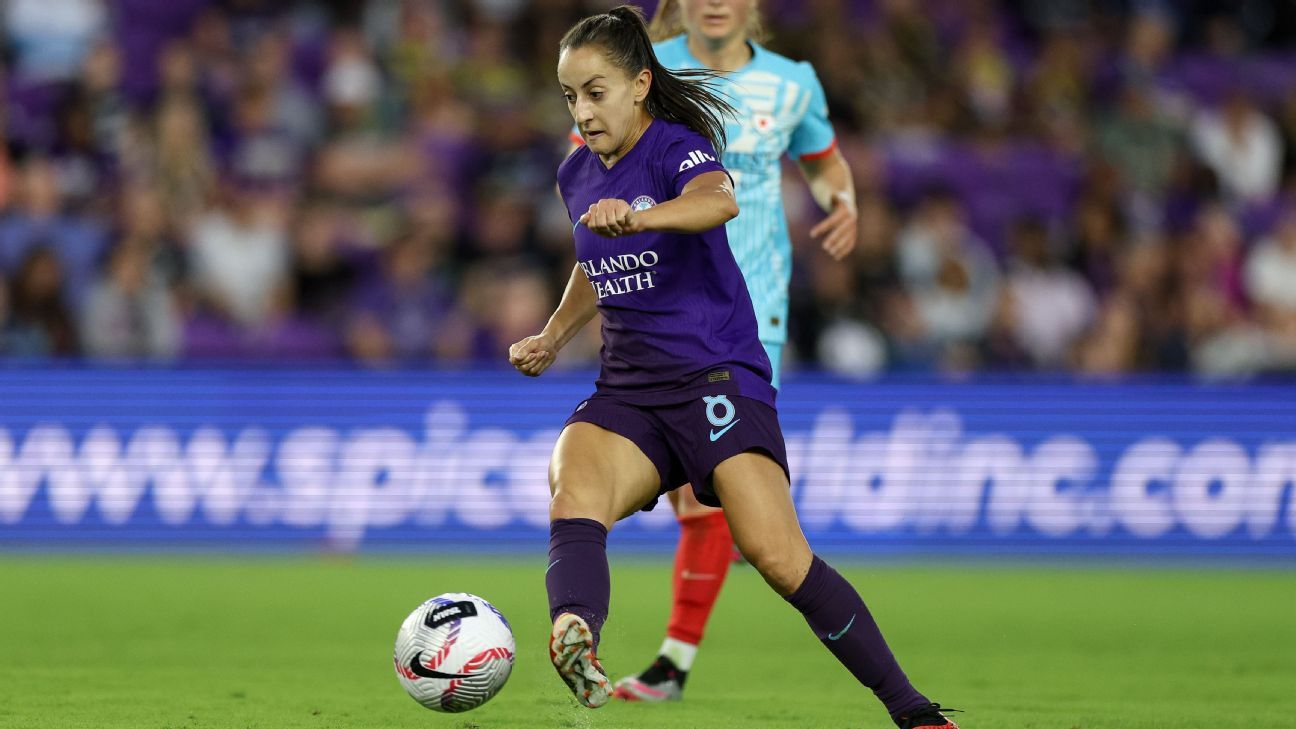
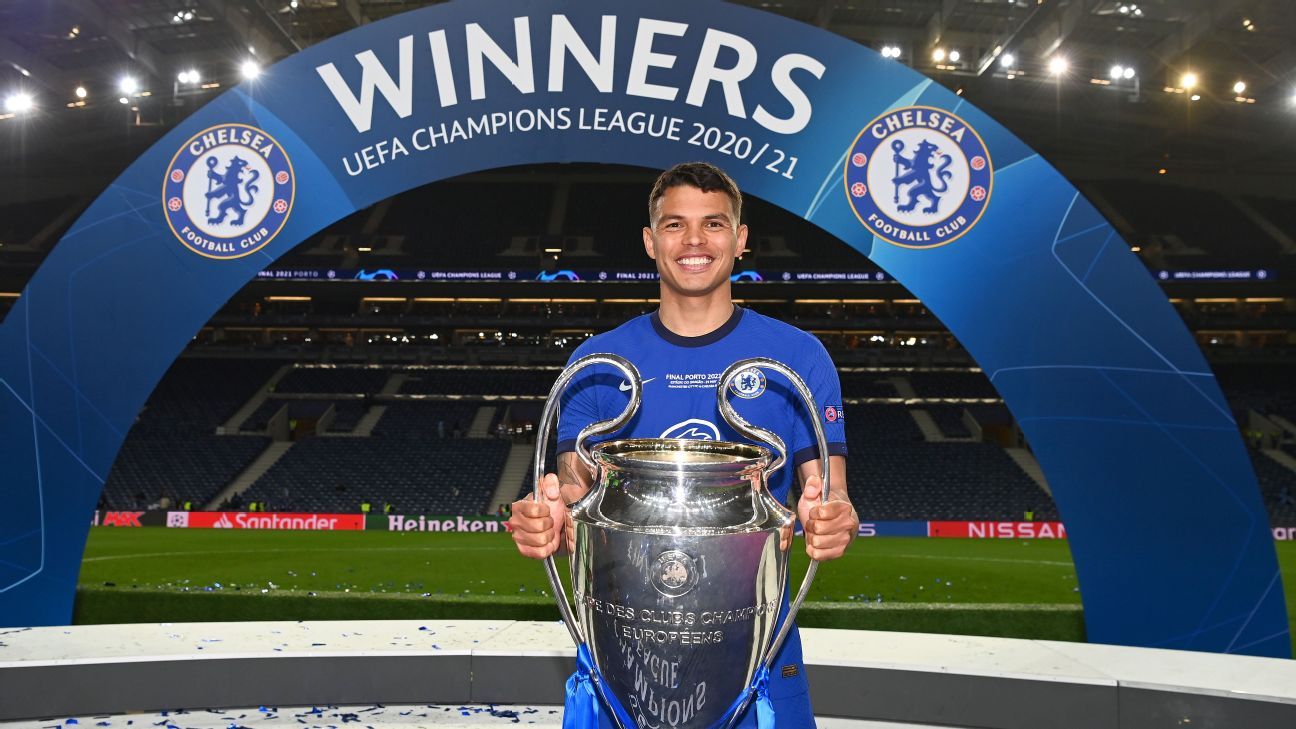
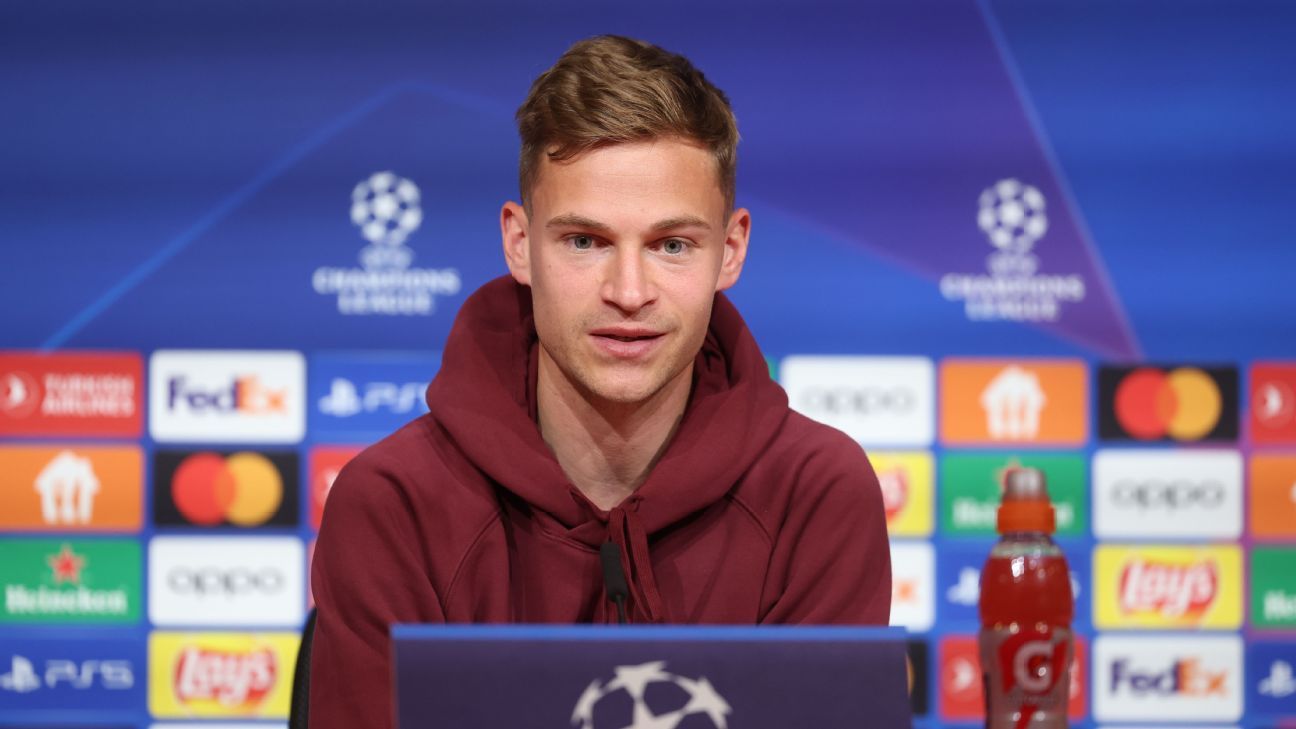






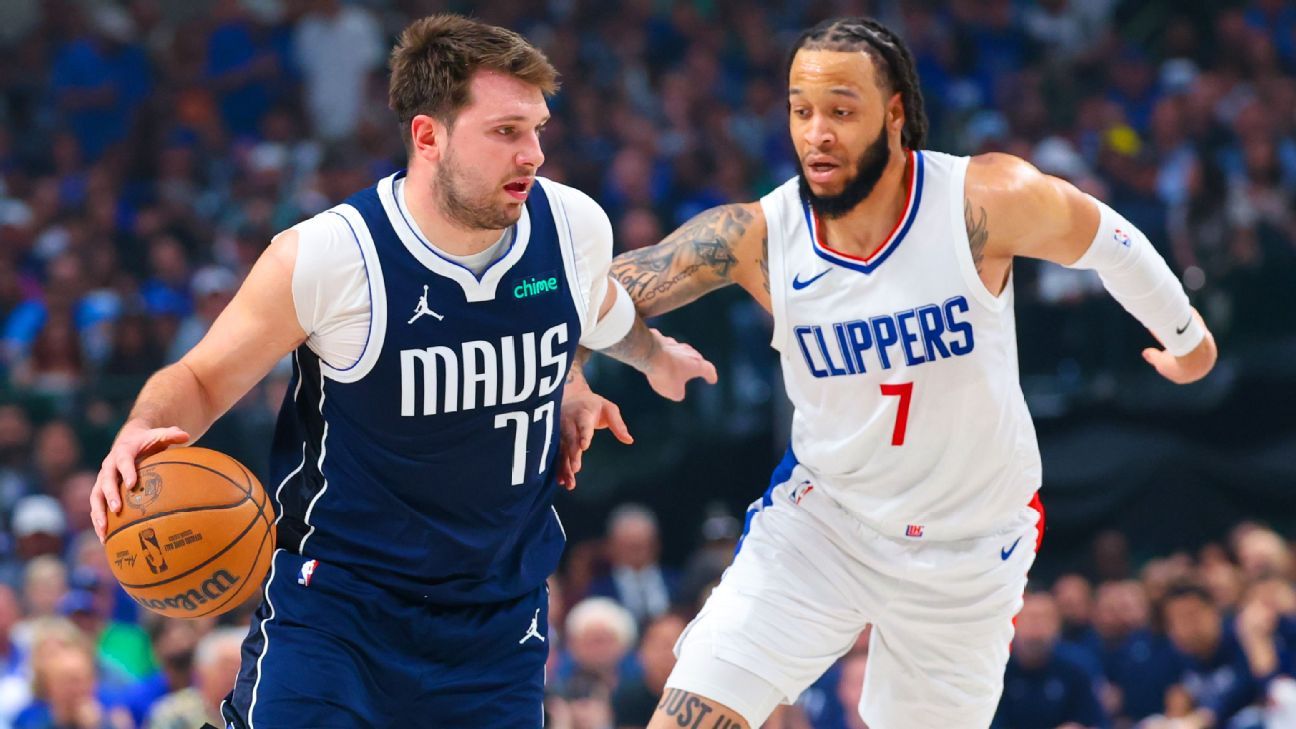



 Phone: (800) 737. 6040
Phone: (800) 737. 6040 Fax: (800) 825 5558
Fax: (800) 825 5558 Website:
Website:  Email:
Email: 






